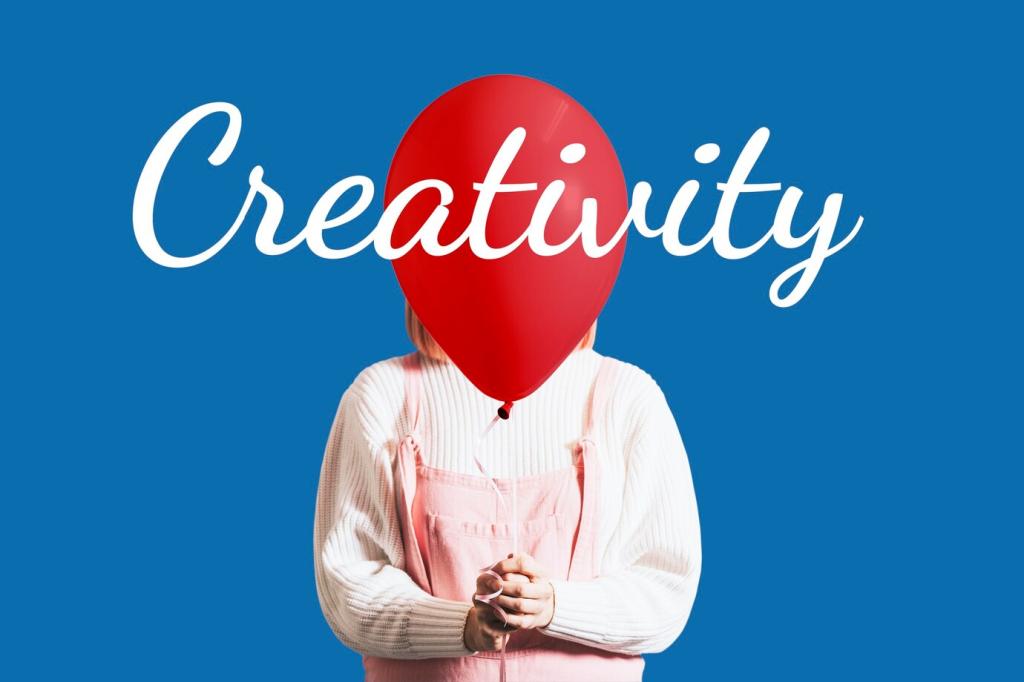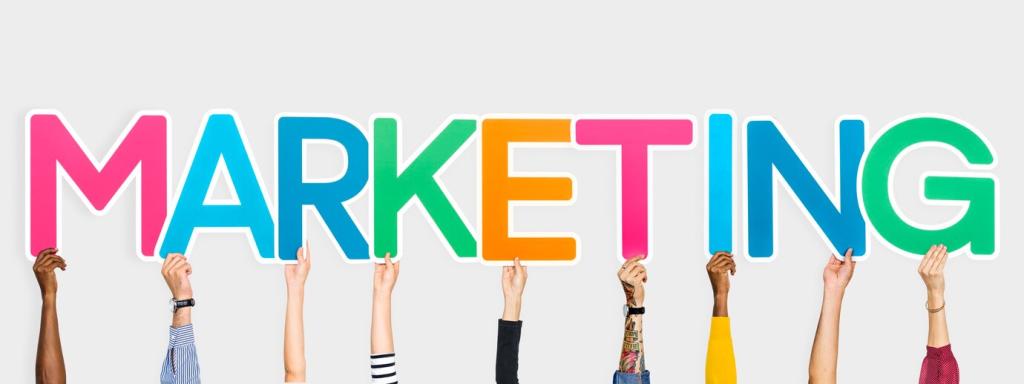Crafting Compelling Narratives for Design Brands
Chosen theme: Crafting Compelling Narratives for Design Brands. Step into a story-first approach where aesthetics meet meaning, and every touchpoint whispers purpose. Read, reflect, and share how your design brand’s story could move hearts—and markets.

From Look to Legacy
Design can catch the eye, but narrative holds attention over time. A clear brand story turns a single product into a chapter, and a collection into a world customers want to enter again.
Emotion Over Features
People rarely repeat product specs at dinner, but they share feelings and meanings. When your design story connects purpose to craft, customers advocate for you because they believe in what your brand represents.
A Studio’s Small Moment, A Big Shift
A Scandinavian furniture studio reframed a wobbly prototype as a narrative about graceful imperfection. Customers embraced the honesty, and the piece became a bestseller—because story elevated a flaw into philosophy.
Build the Narrative Spine: Purpose, Promise, Proof
Clarify why your design exists beyond the market. A purpose like ‘quieting modern spaces’ or ‘celebrating tactile curiosity’ directs decisions, focuses aesthetics, and signals values customers can rally around.
Archetypes and Voice: Give Your Brand a Persona
Is your design brand the Sage, the Creator, or the Explorer? Selecting one archetype clarifies your narrative posture, informs risk tolerance, and helps your audience instantly recognize your worldview.
Archetypes and Voice: Give Your Brand a Persona
Voice is tempo, confidence, and warmth. Document how you sound in product pages, newsletters, and release notes. Practice with sample lines until your team can ‘hear’ your brand without the logo present.

Select a palette that signals your core emotion—tranquil, kinetic, or contemplative. Show restraint. Let accent colors mark narrative beats: new drops, seasonal arcs, or limited editions with intentional urgency.
Visual Storytelling: Turning Form into Feeling
Typefaces carry attitude. Pair a grounded, readable workhorse with a distinctive display face that embodies your archetype. Test headlines with real messages so the tone feels sincere, not decorative.
Visual Storytelling: Turning Form into Feeling

Channels as Chapters: Activate Your Narrative
Treat the hero area like a short film: a single sentence promise, one striking visual, and a clear path to learn the backstory. Ask visitors to subscribe if the scene resonates immediately.
Channels as Chapters: Activate Your Narrative
Use carousels as chapters—origin, material, maker, use-case, care. Pin the series. Encourage followers to comment their favorite chapter, turning engagement into insight for your next story arc.

Turn Constraints into Myth
Tell the truth about trade-offs—why you chose fewer colors, slower production, or local partners. Constraints, framed with care, become philosophy. Ask readers which constraint they’d proudly adopt with you.

Material Journeys with Names
Map the life of a material from source to shape, introducing people along the way. Naming artisans and workshops humanizes excellence and makes your promise tangible, memorable, and shareable.
Measuring Story: Signals That Your Narrative Works
01
Leading Indicators to Watch
Monitor branded search phrasing, saves, shares, and time on origin pages. Listen for customers repeating your promise unprompted. If they quote your line, the story is writing itself into memory.
02
A/B Test Arcs, Not Just Headlines
Compare a craftsmanship-led sequence versus a lifestyle-led sequence across email and social. Keep visuals constant. Let narrative focus vary. Invite subscribers to vote on which arc felt more honest.
03
Close the Loop with Community
Host a monthly story AMA, gather objections and delights, and publish what you learned. Thank contributors by name. Ask readers today: which part of your brand’s story needs clarity next?
